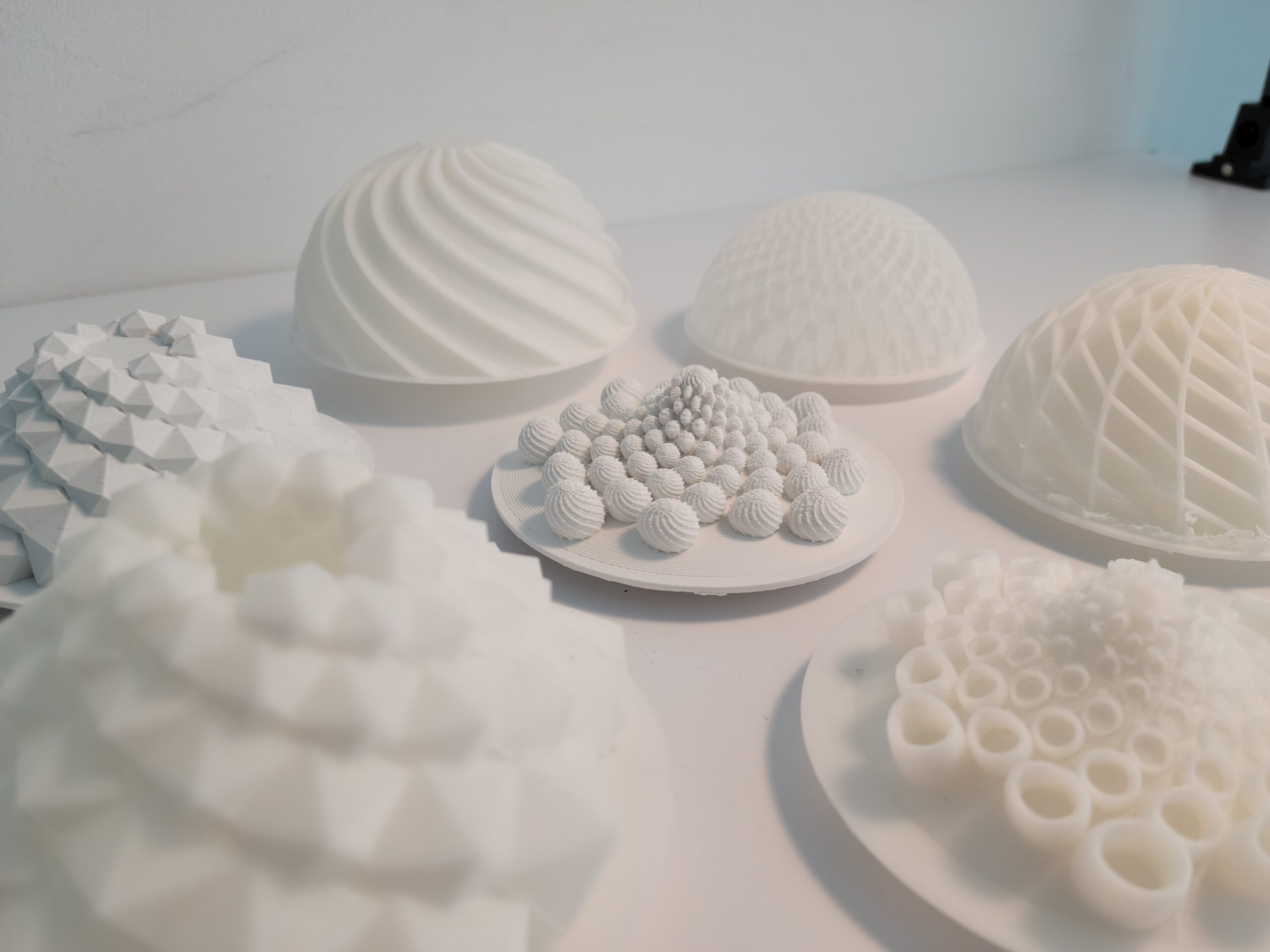Master of Design (Interaction)
The In Between (Cognitive Ergonomics Evaluation in Public Spaces: A Cultural-Affordance-Based Approach)
Public spaces, Human factors design, Cognitive ergonomics, Cultural affordance, Interactive objects
Emily Carr University of Art + Design, CA
2022-2024

This research explores the intersection between industrial and interaction design principles to create engaging interactive objects for public in-between spaces. It emphasizes not only designing with the body but also the mind, acknowledging the diverse cultural and social backgrounds of individuals. Employing a research-through-design approach with the creation of discursive artefacts, the study develops a cultural-affordance-based framework for cognitive ergonomics evaluation. This descriptive and reflective methodology departs from deterministic models, fostering cultural and social sensitivity in design for diverse populations. Three affordance typologies are proposed to understand user-object interactions in these spaces where affordances become invitations to action, information for response tuning, and identity forged through social practice. Finally, the D.O.O.R. evaluation, a four-stage process involving deconstructing interactions into non-contact and contact phases, embracing unexpected insights during field observations, associating implied operations through semantics, and employing a cognitive ergonomics evaluation scale to refine designed affordances in an object, is introduced to guide designers in implementing these concepts to reduce the burden of cognitive friction in users. This research aims to contribute to the creation of cultural sensitivity in the design and engagement with objects in public spaces, enriching transient encounters for a wider range of users.
Research-through-design projects using discursive design.
This research has explored cultural influences on the practice of industrial design through the lens of interaction design principles that simplify and break down our engagements with objects, especially in public spaces with diverse users. Culture influences perception and thereby influences how and which object affordances are perceived and understood. It also impacts not only people’s interpretations and understanding of contextual semantics and behavioural responses of how we might use and interact with objects, but also of the differing perspectives on how these interactive objects might be designed in the first place. Objects live in the mundane of the everyday life and have become embedded with culture that one might not even be aware of. It is not until we take a step outside of our own cultures and act as observers and outsiders do we realize how ingrained our culture is in our own practices and objects that we passively interact with daily.
Through this research, I hope to have shown the object as a cultural artefact that reflects social behaviour in a given cultural context through its affordances. While affordances are not something new to the field of design, I hope I have shed some insights on being able to look at affordances not only as a mere property of the object that is usually used through deterministic and prescriptive approaches, but rather as an ever evolving, growing, dynamic concept of insight into an individual or a culture’s behaviour, action, perspectives, intent, encounters, values, and practices.
I argue that cultural perspectives impact how one perceives and uses objects, making a “one-size-fits-all” design approach ineffective. By understanding cultural affordances through viewing them as invitations to action, information as response triggers, and identity forged through social practices, designers can create more user-friendly and culturally sensitive experiences for diverse populations in transient environments.
With this research, I hope to have encouraged designers to move beyond solely physical utilitarian considerations of traditional industrial design and draw focus on the application and consideration of both physical and cognitive ergonomics in one’s work. Through this consideration, unpredictable user behaviour and cultural differences in perception and interpretation of semantic meaning may no longer lead to cognitive friction and overload. Instead, I hope it would result in more intuitive and meaningful interactions in the fleeting encounters we have in public spaces.
Get in touch.
Do you have a project or idea in mind? Send me a message.
© Erik Asia 2025. All rights reserved.




